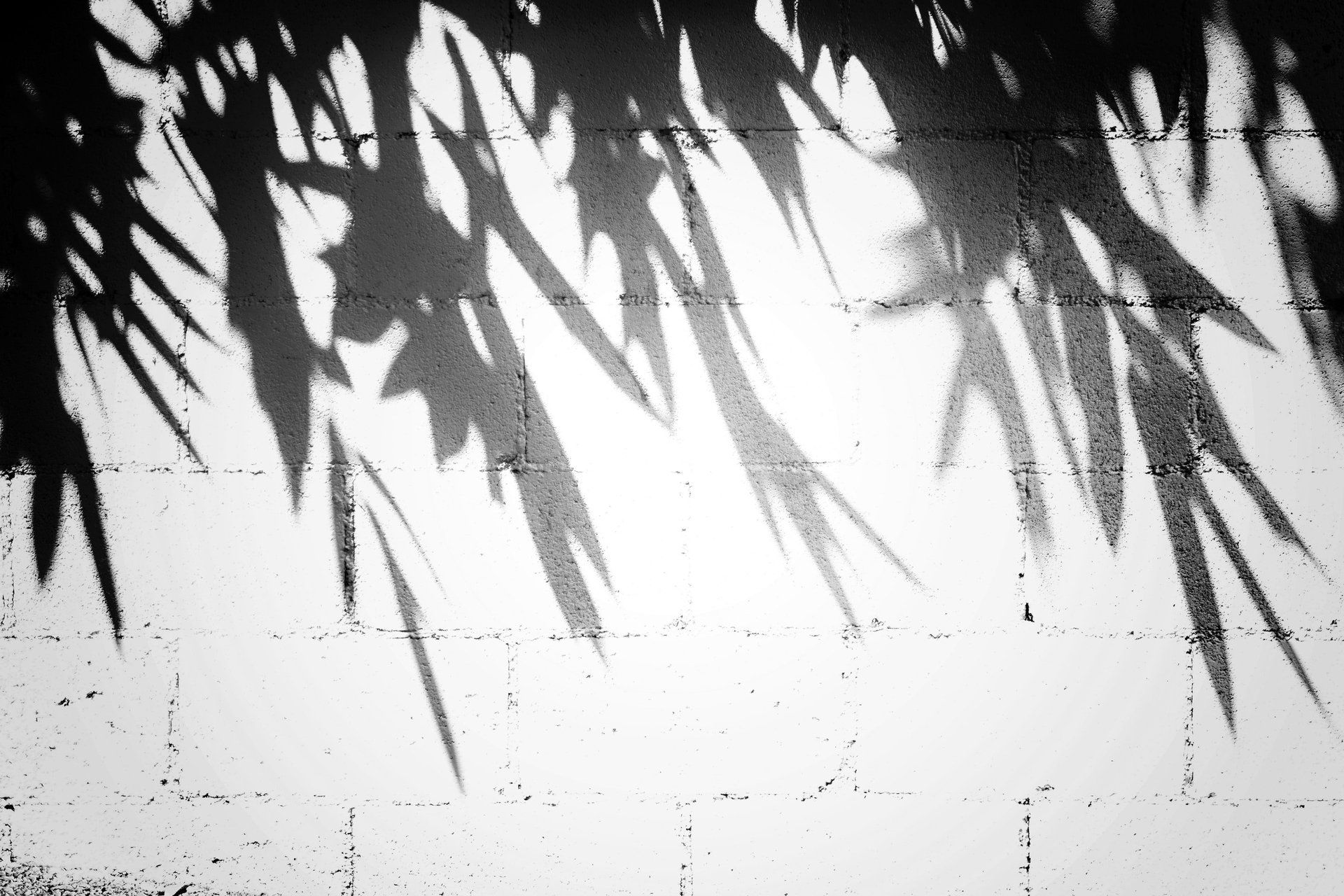Episode 2: Parallels between Plato's Allegory of the Cave and Jonathan Livingston Seagull
Podcast Episode #2: My thoughts on the similarity between two tales

In the last podcast, I summarized my experience with the book Jonathan Livingston Seagull and how I find I've come full circle in my spiritual journey.
It recently occurred to me how that story and Plato's Allegory of the Cave ( https://web.stanford.edu/class/ihum40/cave.pdf ) share a common thread.
In the Allegory of the Cave, people are imprisoned in a cave from childhood in such a way that they cannot turn their heads. They can only look at the wall in front of them. Behind them is a fire that illuminates a walkway that runs behind a wall that is just high enough so that people on the walkway are hidden, but the things they carry above their heads, such as statues and other objects, have their shadows thrown onto the wall in front of the prisoners.
The prisoners, who have seen only the objects' shadows and heard only the echos of the peoples' voices, give names to the shadows they see on the wall, never realizing the true nature of the objects casting the shadows. To them, the shadows are the real things. Every now and then, one of the prisoners is suddenly released from his bonds and turned to face the fire. When he tries to look at the "real" objects he is blinded and confused and eagerly returns to the familiarity of his imprisonment.
One day, a prisoner is released and forced out of the cave. As his eyesight slowly adjusts to the bright surroundings, he moves from looking comfortably only at shadows to understanding the relationship between the sun, physical objects, and shadows. He is excited to return to the cave and share this knowledge. But upon returning to the darkness of the cave, his eyes can only dimly make out the shadows on the wall and he cannot describe what he sees. When he exhorts his fellow prisoners to follow him out of the cave to see the world, they accuse him of trying to ruin their eyesight and refuse to go.
So here's the parallel between Jonathan Livingston Seagull and the Allegory of the Cave and how it applies to you. Jonathan discovers that there is much more to life than the scavenging lifestyle of his Flock, just as the prisoner discovers that there is much more to life than shadows dancing on the wall. But it takes great courage to give up the familiar and explore new ideas. Others can tell you about what they have seen and experienced, but unless you are willing to take a step into the unknown, you will never be able to understand the reality of what they describe. It's comfortable believing what you have always believed, but unless you open your mind to other points of view and let go of preconceived ideas and limitations, you will never fully experience the joys of this world.
As an exercise, try seeing the world from someone else's point of view. Become them, realizing that they can only be who they are. No matter how you view them, they are the product of their own experiences and conditioning and cannot be other than themselves. This may give you a little insight into how others view you as well. When you look at someone with understanding, compassion, and love, fear and hatred dissolve, leaving you free to feel contentment and joy.

